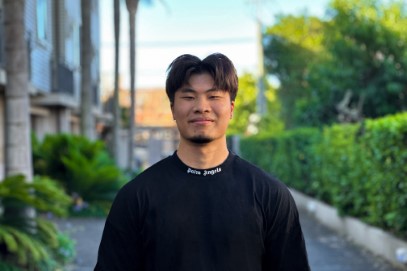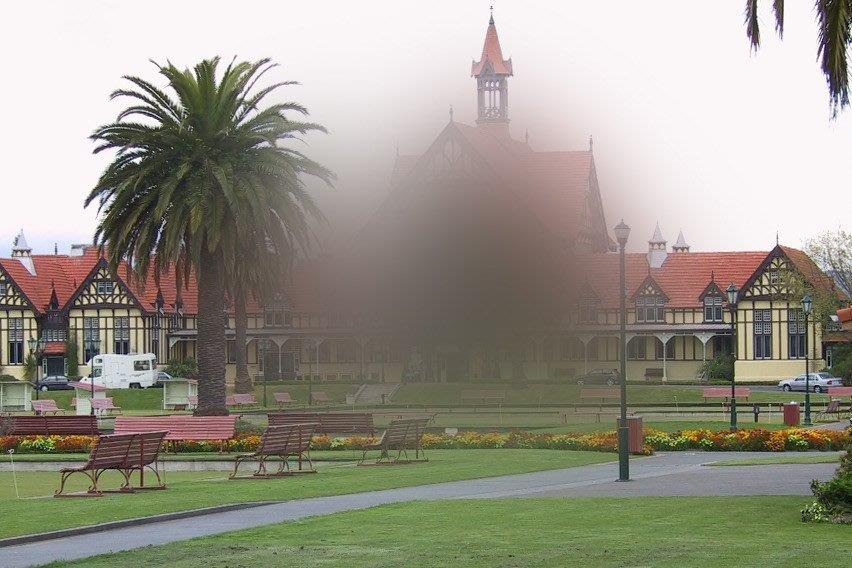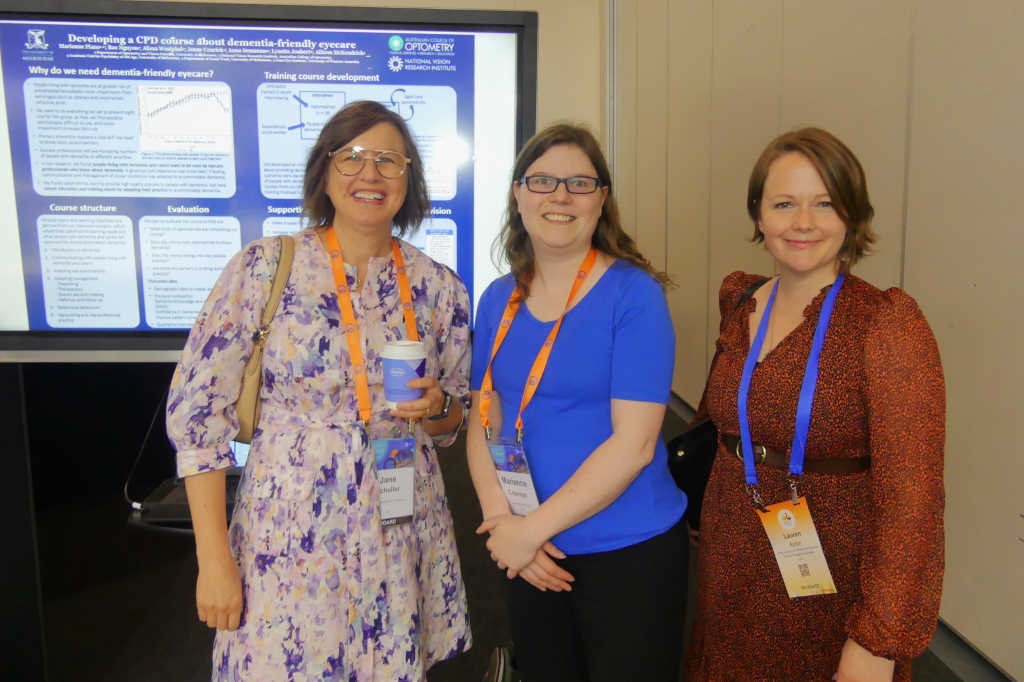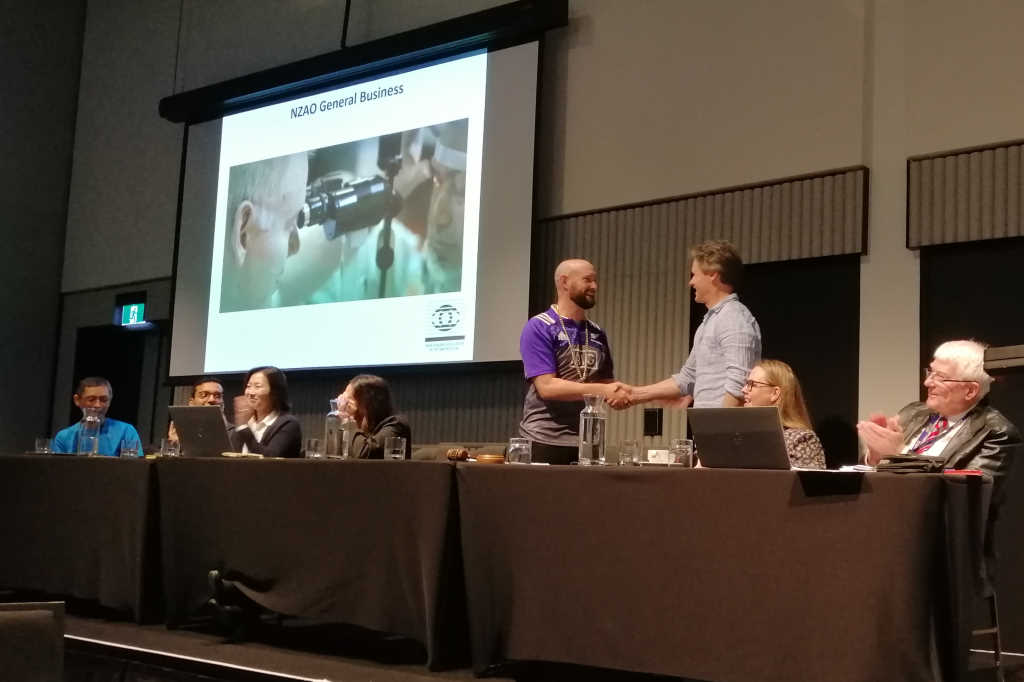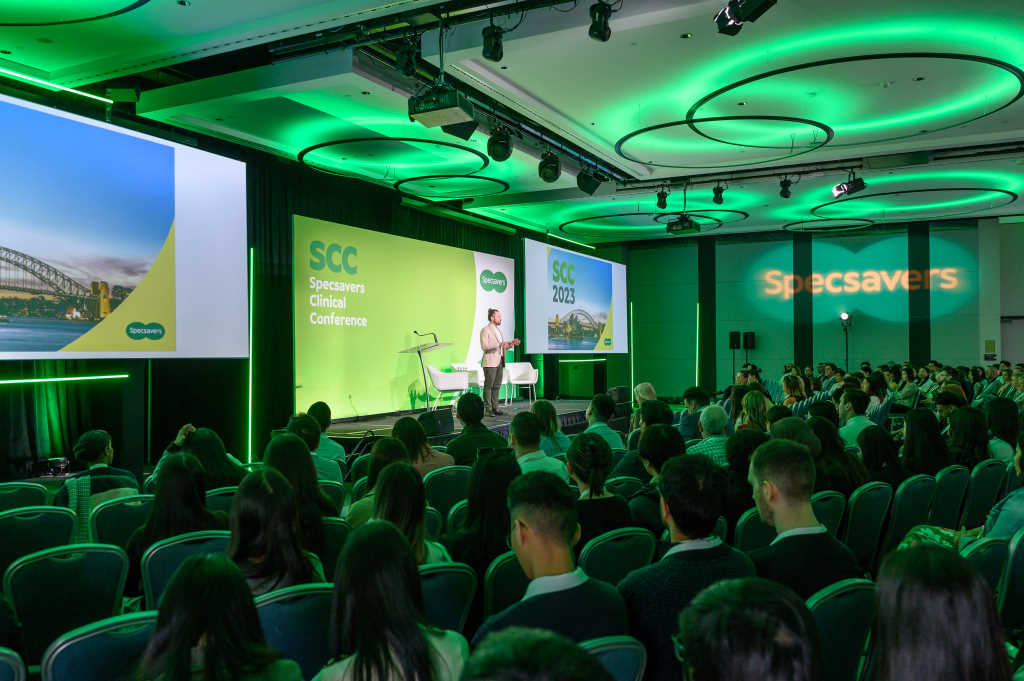Ortho-k: tackling the epidemic
At the tender age of nine I developed a blinding eye disease. This bombshell was dropped on my world at my first eye examination in 1996. My optometrist at the time was quick to point out that my symptoms could be treated, but they would most likely worsen as I got older. “Surely something can be done?!” pleaded my concerned parents. A solemn shake of the head was the only answer we received.
As a child, living with my eye disease was a daily challenge. My symptoms were present as soon as I woke up and would only abate when the next night’s sleep begun. The treatments I was provided with helped me significantly, but they were far from ideal. Worst of all, most of the other kids in my class had ‘normal’ eyes. I’m sure they teased me mercilessly when I wasn’t looking.
As the years went by my disease rapidly progressed and the treatments required became stronger and stronger. Finally, at the end of my teenage years, there was a blurry light at the end of the tunnel. My disease had slowed and somehow, it’s relentless march had faltered!
My gusto was short-lived. One morning, during Auckland Anniversary weekend, my disease awoke from its dormancy with a vengeance. I consider myself very fortunate that at the time I was halfway through my optometry studies, so when the subtle new symptoms of my disease became apparent, I knew something serious was going on. I rushed myself to hospital and underwent an urgent eye operation that night. The surgeon did a superb job, but recovery was slow and painful. That wasn’t the end of it either. Over the next five years I needed another two more sight-saving operations when my disease reared its ugly head again.
Fortunately, nowadays I can still see to work and drive a car but there are no guarantees; my blinding eye disease will be with me for the rest of my life.
My name is Alex Petty and I have myopia.
Many optometrists still don’t consider myopia a disease, merely an inconvenient refractive error. Admittedly my personal case of progressive axial length growth and resultant bilateral rhegmatogenous retinal detachment is an extreme example, but worldwide we are likely to be dealing with similar instances more and more.
Currently 23% of the earth’s population are short-sighted and this percentage is increasing due a complex range of factors related to genetics, lifestyle and environmental influences. Brien Holden is one who recognised that the myopia epidemic is likely to be the big issue facing eye care professionals in the future. His research group predicts that by 2050 approximately half the world will be myopic, a fifth being in the high-myopia category. These individuals with long eyeballs are the ones at much greater risk of glaucoma, cataract, retinal detachment and myopic maculopathy during their lifetime.
Scarily Ian Flitcroft’s research shows there is no ‘safe’ level of myopia: even low myopes have an increased risk of ocular disease. When you consider the social, economic and personal sequelae of the myopia epidemic it is understandable that people are embracing prevention, rather than just dealing with the symptoms and ocular effects as they eventuate.

The increased risk of various ocular conditions with higher levels of myopia (courtesy of OSO)
Fortunately, unlike when I was a young myope, we now have a much better understanding of what can be done to slow axial eye growth. Contact lens practitioners have been at the forefront of myopia control for some time now as, along with atropine drops, orthokeratology and soft multifocal contact lenses have been the main treatments that have proven efficacy at slowing myopia progression in the literature.
At the CCLS New Zealand conference earlier this year (see May’s NZ Optics), I gave a presentation about the myopia control options that are available for general practices without a topographer (NB: if anyone would like a copy of this presentation please let me know). However, in my specialty practice the majority of young progressing myopes elect to use orthokeratology lenses to slow their eye growth. I recommend ortho-k to patients and their families for two reasons:
- Young patients love ortho-k. From a purely lifestyle perspective ortho-k has a compelling argument: kids can see clearly throughout the day, there is no risk of their specs or soft contact lenses getting damaged/dirty/scratched/irritable during the day, they can swim and play with no restrictions from their optical correction, all the handling/cleaning/insertion/removal is done at home in a controlled space with parental supervision and, in my experience, ortho-k lenses are a safe contact lens modality for children.
- Ortho-k lenses have a tremendous ability to control axial elongation, especially if fitted as a customised-myopia control application for children, rather than a conventional ‘adult’ ortho-k lens design.
Let me elaborate on this last point. In the literature, the average myopia control effect is around 50% with ortho-k. As an aside, Fabian Conrad’s mathematical model showed that slowing myopia by only 50% in all myopes will reduce the incidence of myopia over 5D by a whopping 97%, drastically reducing the instance of myopia-associated ocular disease. The majority of these studies use ‘standard’ ortho-k lenses intended for adults, with clear vision being the main design consideration. Clear vision means a wide treatment zone with minimal aberrations present in the optical system. However, it’s the aberration that is created by ortho-k lenses that we believe is responsible for the slowing of eye growth.
Normal spectacles and spherical contact lenses focus light accurately at the fovea but tend to exhibit hyperopic defocus in the peripheral retina, somehow signalling the eye to elongate. Because ortho-k lenses induce a central corneal flattening and para-central corneal steepening, peripheral light rays are instead focused at or in-front of the retina, resulting in decreased stimuli for axial elongation. It follows, therefore, that if the paracentral area of ortho-k steepening is enlarged or enhanced then a better myopia control effect can be achieved. This is due to a larger area of peripheral retina receiving a stronger ‘stop growing’ signal.

A comparison of orthoK lens designs. Left: An ‘adult’ orthokeratology lens (BE, Capricornia, AUS). BOZD >6mm, e=0. Right: A customised lens for myopia control (Eyespace Forge design, CLC, NZ) BOZD 5.5mm, e=0.99
When fitting an adult with ortho-k we want to minimise this paracentral steepening as it negatively affects vision due to spherical aberration and increased halos and glare at night when the pupil enlarges. Normal orthokeratology lenses tend to have a large spherical back-optic zone radius of 6mm or greater to facilitate this.
In the case of a rapidly progressing myopic 10-year-old this aberration is what we can use to prevent further eye growth. It’s also useful to remember that these patients tolerate aberration in their vision very well; they are not driving at night and are typically just pleased they can see their friends at the other end of the playground!
Lately most ortho-k experts around the world are using customised myopia control ortho-k lenses with the primary design consideration being to maximise the plus power of the peripheral pupillary zone. This typically involves smaller back optic zone diameters of 5-5.5mm (or smaller if the child has a small pupil) with aspheric base-curves. These lenses create a highly aspheric, small diameter treatment zone with a steeper paracentral ring. Amazingly vision is still great with these lens designs, in a similar way that centre-distance multifocal soft contact lenses are well tolerated by adults.
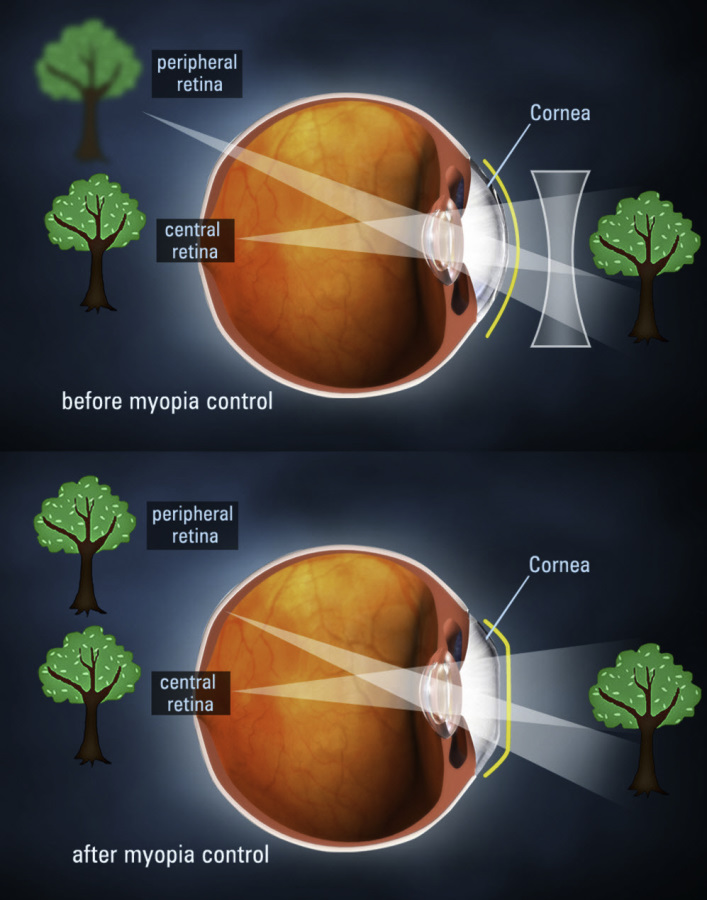
The effect of orthokeratology lenses on peripheral lights rays. Focusing light at or in-front of the retina is believed to be protective against myopia progression. Image courtesy of Visique Rose Optometrists
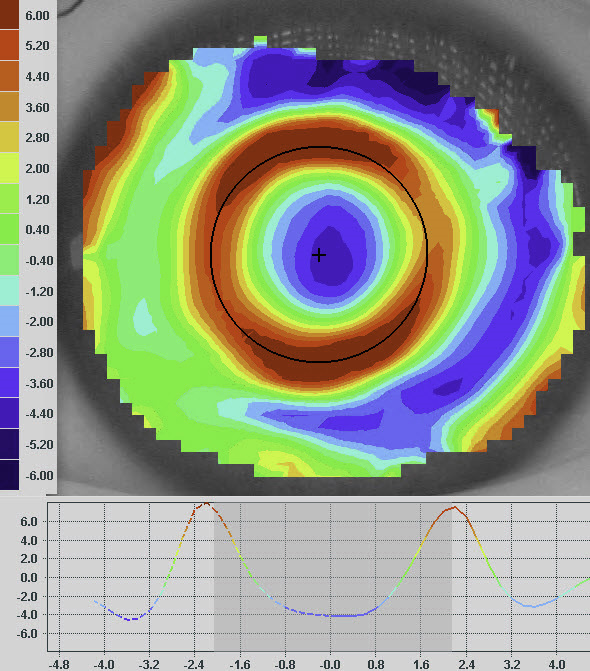
The tangential difference map of a myopia control orthoK lens design for a -3.75D young myope. Note the small, highly aspheric treatment zone and the position of the paracentral ring of steepening within the pupil zone
Many of these practitioners describe excellent myopia control effects from these specialised designs with complete halting of axial eye growth in many cases. Still, clinical anecdote is not a very powerful proof of effect. But studies are starting to emerge revealing a higher myopia control effect with special myopia control ortho-k designs. A poster presented by Dr Eddie Chow from Canada analysed five-year axial length data from two groups: one using a traditional ortho-k design and the other group wearing a customised lens with a smaller aspheric BOZ. The axial eye growth was markedly less in the custom lens group compared to the standard lens, especially so for the low myopes (traditional ortho-k lens designs can be difficult to slow myopia progression for low corrections, due to the limited paracentral steepening created for small amounts of myopia). A retrospective study from the University of Auckland’s orthokeratology patients (Turnbull 2016), some of which were using a customised Falco myopia-control lens design from Switzerland, showed an average 92% slowing of eye growth, much less than the ~50% myopia control effect of ortho-k commonly quoted.
Our world is changing and as our children’s lives become more and more screen-centric I predict that in New Zealand myopia is not going to remain the exception to the rule; it will affect many more kids than just the bookworms and the genetically unfortunate. As eye professionals, we need to recognise myopia as the disease it is. Fortunately, with proactive management it doesn’t need to rule our patients’ lives like it used to. I challenge you to stop offering single vision spectacles/contact lenses to your young myopes and instead embrace atropine, multifocal soft lenses or the elegance of orthokeratology. Your patients will thank you later.












